Turpan Tourism
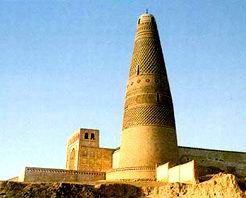
-
City Name:Turpan (Chinese: 吐鲁番, Pinyin:tulufan)
-
Population :254,900
-
Location :42°59′N 89°11′E
-
Overview:Turpan has long been an important trade centre in the history. It is located along the Silk Road's northern route.
Overview
Mountains to the north and west, and arid desert to the south, Turpan lies in the Turpan Depression, 154m below sea level at its lowest point, and is surrounded by the Gobi Desert. It's oftern said that when hanging clothes out during the summer in Turpan, it'll have dried before you're finished. Enjoying numerous consecutive days over 40℃, the dry heat of Turpan's summer days infuses the city with a languid torpor relegating daytime activities to consist mainly of drinking tea and sleeping. Such is oasis life.
Once was an important center of commerce and culture on the Silk Road, Turpan served as a key staging post on the north silk route. The momentous wash of religious influences over the past 2,000 years; Shamanist, Buddhist and Islam have given the people a sense of tolerance and hospitality that contrasts vibrantly with its harsh desert surroundings. With a population of about 70% Uyghur and the remaining 30% comprised of other ethnicities, Turpan maintains the Silk Road's romantic identity as cultural crossroads.
Know More
Turpan's City life center around the bazaar with its numerous food stalls and goods for sale, and the Public Square, which deserted in the daytime, becomes a riot of colors, scents and sounds by night. Though the heat of day can make even the hardiest of travelers nearly comatoes, many of Turpan's streets are covered with grape trellises providing welcome shade. Turpan has long been famous for its grapes and was once renowned throughout all of Asia for its wine. Now, most local families have a hand in the grape industry, either in the growing or selling them as they are or as raisins.
Because the Uyghurs are Muslims, there are many interesting mosque around Turpan. The most active is the City Mosque, located 3km out of town on the city's western outskirts. As it goes for visiting mosques anywhere, shorts are considered disrespectful and women should cover up. Also, it's a place of worship so loud or disruptive behavior is not appreciated.
Aesthetically more impressive is the 40m tall, 18th century Emin Minaret. Built in an understated Islamic style in 1778 by local ruler Emin Hoja, its sun dried brown bricks are layered in different patterns all the way to its rounded top. There is an adjacent temple, used for services on Fridays and Saturdays, built around an open, shaded space. Only 2km southeast of the city, it's on foot or by bike.
Another interesting option for exploring Turpan and the immediate surrounding countryside is to hire a donkey cart for a morning or evening tour. Leaving the city, dusty roads soon give way to traditional mud-brick homes, irrigation canals woven through poplar trees swaying in the desert breeze and hordes of smiling children playing in the streets.
Must see
Turpan's most dramatic and impressive sights dot the desert surrounding the city. Over its 2,000-year history, the focus of commercial and cultural activity has shifted several times, often following the shifting courses of the melting snows of the Tian Shan. These sites are best taken in by hiring a minibus.
Emin Minaret
Built in an understated Islamic style in 1778 by local ruler Emin Hoja, its sun dried brown bricks are layered in different patterns all the way to its rounded top. There is an adjacent temple, used for services on Fridays and Saturdays, built around an open, shaded space. Only 2km southeast of the city, it's on foot or by bike.
Gaochang Ruins
46km east of Turpan, dating back to the 7th century during the Tang dynasty, Gaochang, once the capital of a local ruler, hold remnants of the Uyghur's pre-Islamic past. A large Budddhist monastery stands above the southwestern corner of the walled city. Most people walk or hire donkey carts to ride around the crumbling mud-brick structures where the whispering desert wind evokes sense of endless time.
Astana Graves
Located nearby Gaochang Ruins are the Astana Graves where Gaochang ancestors are buried. The history of the graves are somewhat shrouded in mystery-archeologists have discovered many buried are Han Chinese and Uyghur. Three of these tombs are open to tourists and are approached through narrow staircases descending to cool, damp burial chambers 6m below ground.
Flaming Mountains
Made famous by the ancient Chinese classic novel Journey to the West, the surfaces of these desiccated mountains have been whipped into the shape of flames by howling desert winds. Under the relentless heat of the midday sun, the mountains radiate heat and with a dash of imagination, may appear to be on fire.
Bezeklik Thousand Buddha Caves
Though they pale in comparison to the cave art of Dunhuang, it's still possible to sense the importance of Buddhism to Silk Road travelers, many of whom stopped here to pray for a successfully journey. Most of the relics here were carted off by German explorer Albert Von Le Qoc and subsequently destroyed in the Allied bombing of Berlin. Dug into a mountainside beneath sweeping sand dunes and overlooking a roaring stream, the location is beautiful and haunting. Even if you don't go into the actual caves, the site is well worth seeing.
Grape Valley
Dug into the Gobi desert with the Flaming Mountains on either side, the valley is a lush stripe f green in the barren desert surroundings. At the valley's core is a flume of fast moving icy cold water traveling from the Tian Shan to Turpan City. The food in the valley is good and it's also a good chance to shop for souvenirs and dried fruits. For those with excessive energy, you can climb the Flaming Mountains for great views of the valley, the Tian Shan and the Gobi desert.
Karez Well System
One of the most interesting stops on the Turpan tour is a Karez Well System, also called Karez Irrigation Site. It's the site the locals are most proud of, and rightfully so-the irrigation method is probably their greatest contribution to desert dwellers and has been employed as far away as Afghanistan and Iran. More than 2,000 years ago, it was developed as a way to bring the snowmelt waters of the Tian Shan to the city through a series of wells dug into underground water channels.
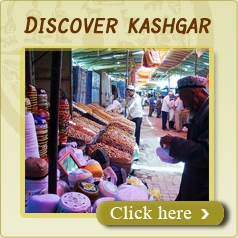
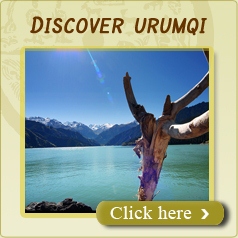
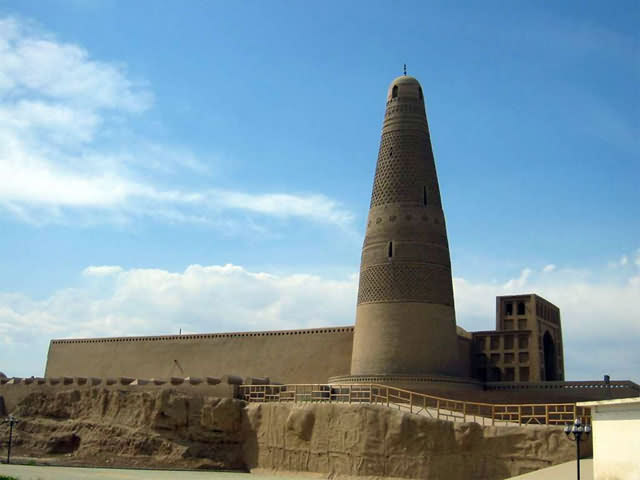 in Minaret
in Minaret 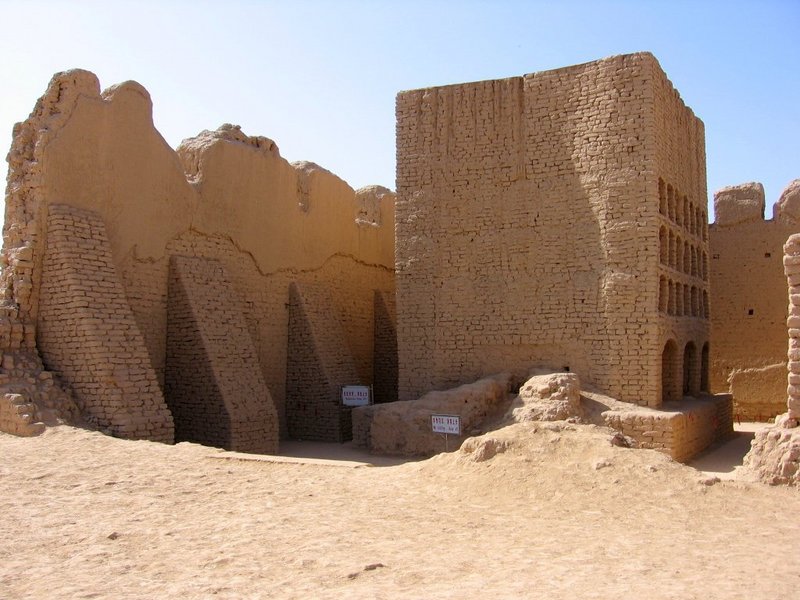
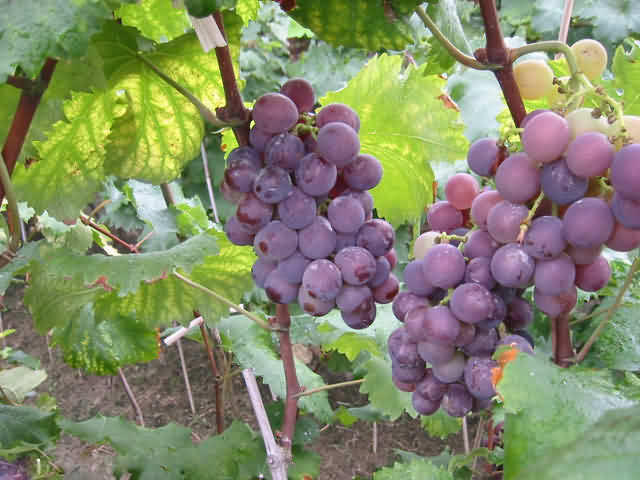
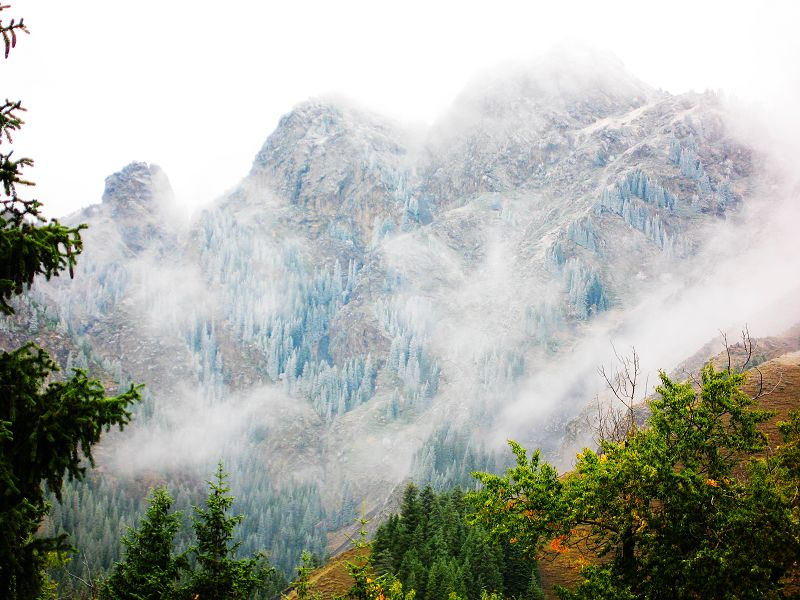
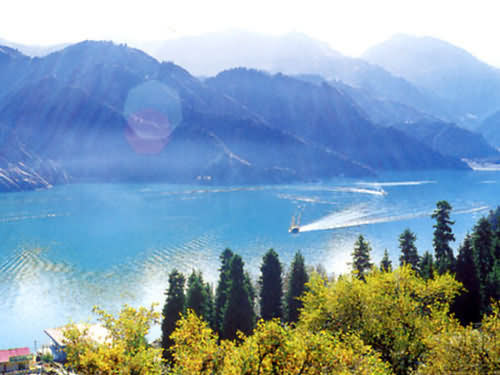
640-480.jpg)
